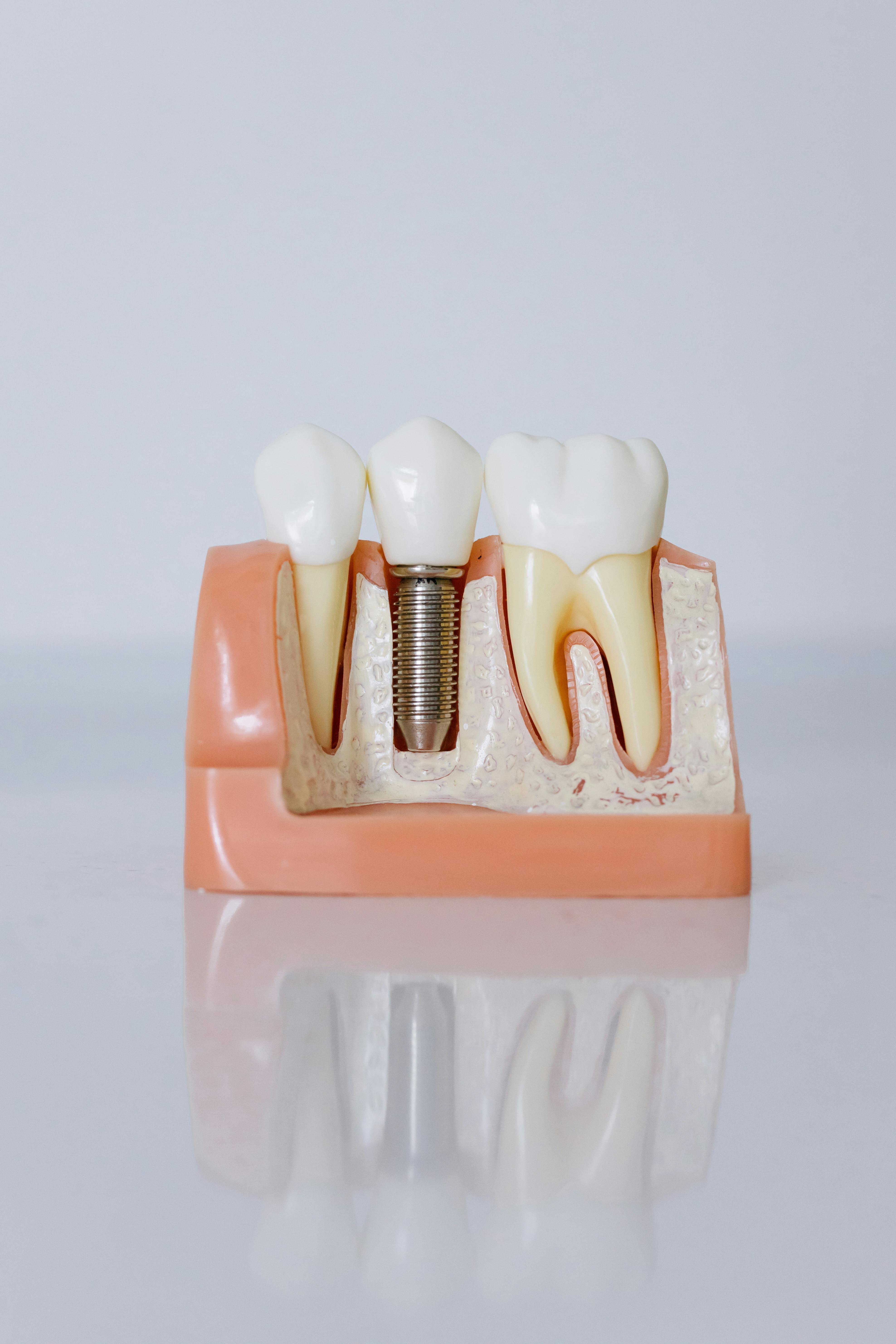Everything to Know About Root Canal Treatment

What is Root Canal?
“Root Canal” is a term used to describe a natural cavity in the center of a tooth. Root canal treatment is done by cleaning of the canals inside a tooth's root. A root canal is performed to save a decaying tooth by carefully removing the affected nerves and pulp from within the cavity and sealing the tooth. This procedure mainly stops the infection from spreading and also saves the tooth.
Why does one need Root Canal?
It’s when the pulp inside a tooth is exposed to and infected by bacteria. The soft dental pulp within the tooth which ranges from the crown of the tooth to its root protects it from microbe invasion. When a tooth is cracked or has a deep cavity, bacteria can enter the pulp. Not treating it could lead to the bacteria causing serious infection or a tooth abscess, which in turn could cause pulp death, bone loss and loss of the tooth itself. The signs and symptoms could be a swollen face and neck, a hole in your tooth, toothache, swelling in the gum, and temperature sensitivity.
What is its procedure?
It is to be noted that root canal is performed to relieve the pain caused by the infection and save the tooth. A general dentist or endodontist prescribes and performs root canal to treat a damaged or diseased tooth. Millions of teeth have been treated like this so there is nothing to worry about. Modern root canal treatment is nothing like the old procedure; it’s quite like a routine treatment which is largely painless and very effective. Root canal can be usually completed in two sittings. First, an x-ray of the affected tooth is done to gauge the damage and infection to the tooth. Local anesthetic is injected to the affected area before the decayed pulp within the cavity is pulled out with the help of small dental instruments.
After the diseased pulp is removed, the pulp chamber and root canals are flushed and cleaned. Only after making sure that the canals are cleaned, the tooth is sealed. Dentists could prescribe antibiotics if the infection would have spread beyond the tooth area. Avoid biting or chewing on the tooth until it’s been treated and restored. Once it is recovered, there are several advantages like,
- Efficient chewing
- Normal biting force and sensation
- Natural appearance
- Protects other teeth from excessive wear or strain


How to know that you need a root canal?
Root canals are required when a tooth cracks, has a deep cavity or has issues related to previous fillings.
The symptoms that should alert you are:
- Severe pain while chewing or biting or a mild to high, lingering pain
- Pimples on the gums
- A chipped or cracked tooth
- Lingering and prolonged sensitivity to hot or cold,
- Swollen or tender gums
- Deep decay or darkening of the gums



